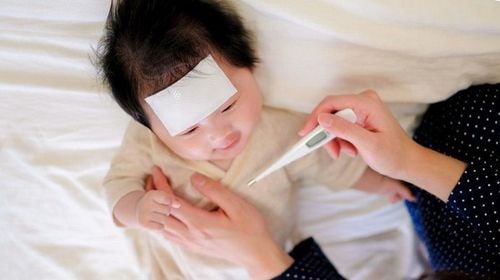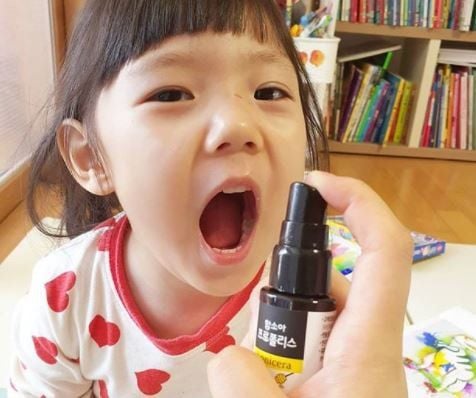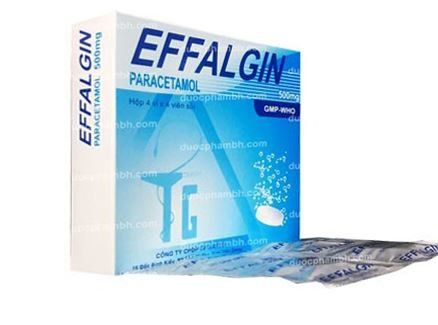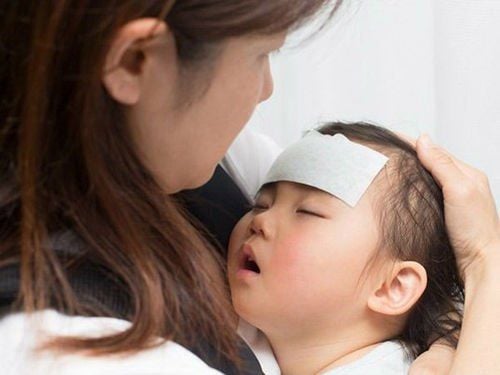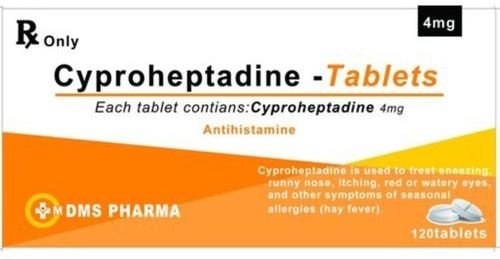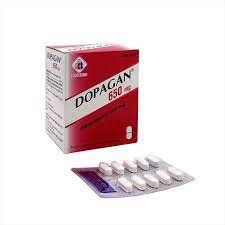This is an automatically translated article.
Fever is a phenomenon in which the body temperature rises above the normal limit for the human body. So how high is a fever and when should you be hospitalized due to a high fever?1. How much body temperature is called a fever?
Normally, the body temperature in each region of the human body will be different. If the oral measurement is higher than 37.5 degrees Celsius, it will be considered a fever (when measured rectally, it will be 38 degrees Celsius). So a high fever from 38 degrees Celsius can be considered a fever, but this is not a dangerous temperature. In addition, some other cases do not have a fever but will also increase body temperature such as:Adults are active at high intensity, continuously, in hot weather conditions. Children are active, have fun, play too much. Due to side effects of vaccinations or strong antibiotics. Some signs of fever:
Feeling cold, skin chills even though the weather is hot and sultry. There are signs of dehydration and always need to drink more water. Fatigue or muscle aches. The skin may be red, hot, sometimes sudden seizures, especially fever in children. Fever can be a manifestation of many causes, the most common are viral infections, bacterial infections, allergies, etc. Sometimes it is not possible to determine exactly how much body temperature increases based on how many degrees the body temperature rises. whether the person has a fever or not, but also depends on the associated symptoms.
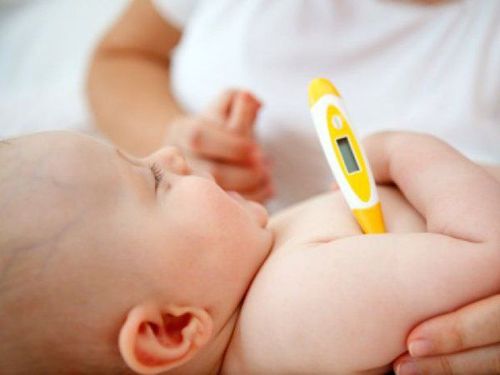
Sốt bao nhiêu độ là cao là thắc mắc của nhiều người
2. High fever is how many degrees?
Depending on the age, symptoms and underlying medical problems to determine whether the patient's fever is dangerous or not and when to go to the hospital.2.1. How high is a child's fever? Fever in children is often of a more serious nature because a child's immature body can be easily damaged by the effects of a fever. Parents need to take their children to the doctor immediately when they notice that the child has a high fever above 38.5 degrees Celsius and has one of the following symptoms or related factors:
Newborns under 2 months old The child has difficulty breathing, rapid breathing, nausea , body aches Convulsions, delirium, lethargy Skin rash Diarrhea, bloody stools Child refuses to breastfeed, fusses a lot, doesn't play Child has a very high fever over 40 degrees Celsius 2.2. How high is an adult's fever? The adult body usually has a higher resistance, and the immune system is also much better than that of children. However, high fever can also be a dangerous problem if the patient is not treated promptly. The following are some cases of adults with high fever who need help from doctors:
High fever over 38.5 degrees Celsius, used antipyretic drugs and combined physical methods but did not improve. High fever lasting up to 48 hours but no signs of recovery Very high fever from 41 degrees C Suspected problems related to some underlying heart or lung disease Unexplained sore throat or cough Have signs skin rashes and bruises on the body.
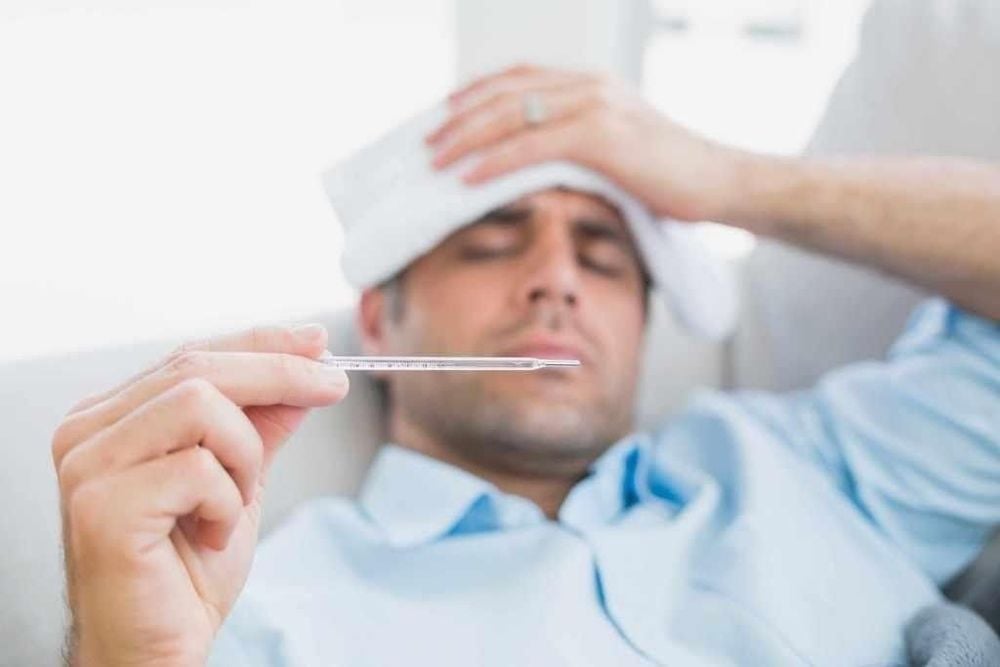
Sốt cao từ 38 độ C có thể xem là sốt
3. How to deal with high fever
Treatment when the patient is having a fever:Should put the patient in a well-ventilated place, avoid drafts and limit many people around. Temperature measurement: The body temperature can be measured under the armpit or anus of the patient. If the patient's body temperature does not exceed 39 degrees Celsius:
The patient needs to be cool, take off warm clothes, do not cover the blanket. In particular, it is necessary to monitor body temperature regularly, about every 1-2 hours. Apply cool properly to reduce fever: Wipe the body or give the sick person a bath with warm water. Dip a soft cotton towel in warm water, wring it out, then wipe it all over the patient's body, especially in areas such as armpits, groin, wait for the evaporation to cool, then wipe again, repeat until the body temperature drops below 38 degrees Celsius Then put the patient's clothes back on. Continuous monitoring, in case the body temperature rises again, apply cool again. If the patient has a high fever of 39 degrees Celsius or more:
Use paracetamol according to the correct dose, weight (especially for small children) and 4-6 hours between two doses as stated in the instructions. manual. In case the child has nausea, vomiting, cannot take the medicine, the suppository can be inserted into the anus for the child. Have the patient drink plenty of fluids to avoid the risk of severe dehydration. For infants who are still breastfed, additional breastfeeding is required. Oresol can be rehydrated and electrolytes according to the instructions for use. For patients to eat normally, give priority to liquid, easy-to-digest foods such as porridge, soup, ... and juices rich in vitamin C such as oranges, lemons,... In case of high fever caused by a virus Antibiotics are almost ineffective, so treatment is only aimed at gradually reducing the symptoms.
If the above methods do not improve your condition, visit a medical facility, the doctor will examine and indicate the most useful treatment for you.
Vinmec International General Hospital is one of the hospitals that not only ensures professional quality with a team of leading medical doctors, modern equipment and technology, but also stands out for its examination and consultation services. comprehensive and professional medical consultation and treatment; civilized, polite, safe and sterile medical examination and treatment space.
Please dial HOTLINE for more information or register for an appointment HERE. Download MyVinmec app to make appointments faster and to manage your bookings easily.




